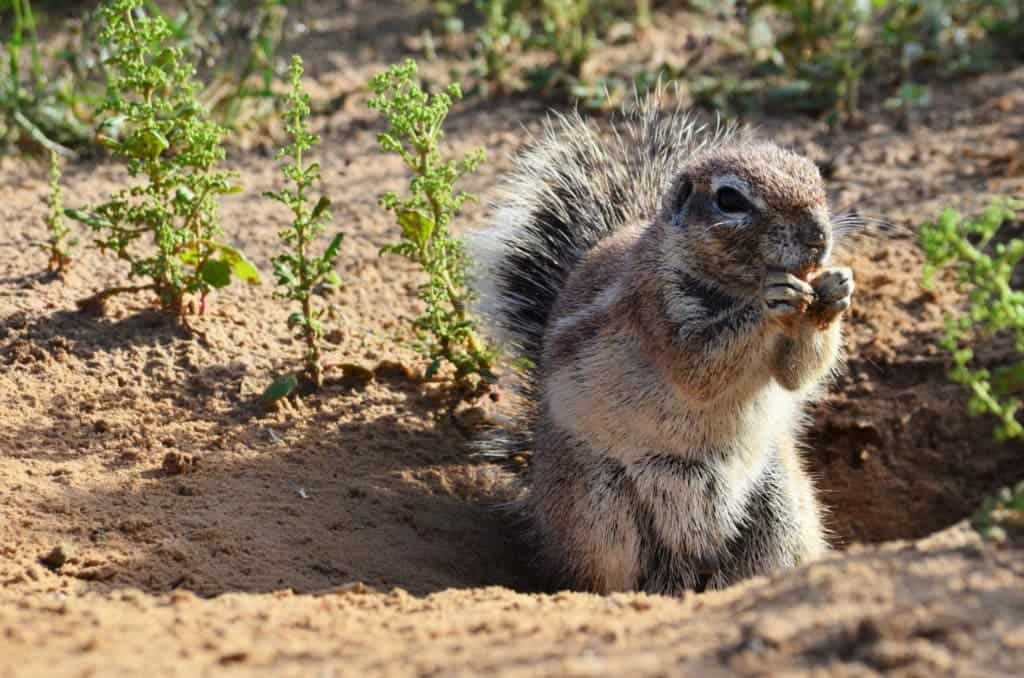Squirrels have two main activities: hiding nuts and finding nuts. But how do they find their way to the delicious hidden stash?

Jamie Samson and Marta Manser from the University of Zurich took on this mystery of nature, studying colonies of Cape ground squirrels (Xerus inauris) in the wild at the Kalahari Research Center in South Africa. For these furry creatures, hiding and then finding food is extremely important, as their habitat is very arid and resources are scarce. This adds another point of complexity: without trees or bushes, how do you get your reference points?
They found that the squirrels use an interesting technique – they follow the sun.
“The squirrels probably use the position of the sun as the most important cue to roughly adjust their direction of movement,” explains Samson.
First of all, the biologists took loads of GPS points around the habitat. Then, they gave the squirrels some nuts to hide and tracked them. They found that the animals moved in an almost straight line either towards or away from the sun to find a suitable hiding place. Every time they hid a nut, the angle of their direction was only slightly deviated.
“Based on this movement pattern,” interprets Samson, “we presume that Cape ground squirrels use the position of the sun at a particular time of day as a rule of thumb to find their bearings when searching for a place to hide their food.”
Next, they wanted to see how they find the hidden food and observed an interesting pattern: the squirrels came back for the food in exactly the same time of day – when the sun was in the same place in the sky. They followed the exact path which they used to hide the nuts. Most of them waited precisely 24 hours to recover it, but some of them went back faster, arguably to find the food before other squirrels
“The squirrels seem to have a certain flexibility regarding when they recover their food. This usually happens before the 24-hour point, if there are more individuals at the group during that time — to prevent the food from being stolen by rivals.”
Using the sun for guidance is not unprecedented in the animal kingdom. We’ve known for quite a while that bees can use the sun to figure out where they are going, as can honeybees and carrier pigeons. Now, Zurich biologists showed another, unlikely creature, using a similar system.
Was this helpful?



